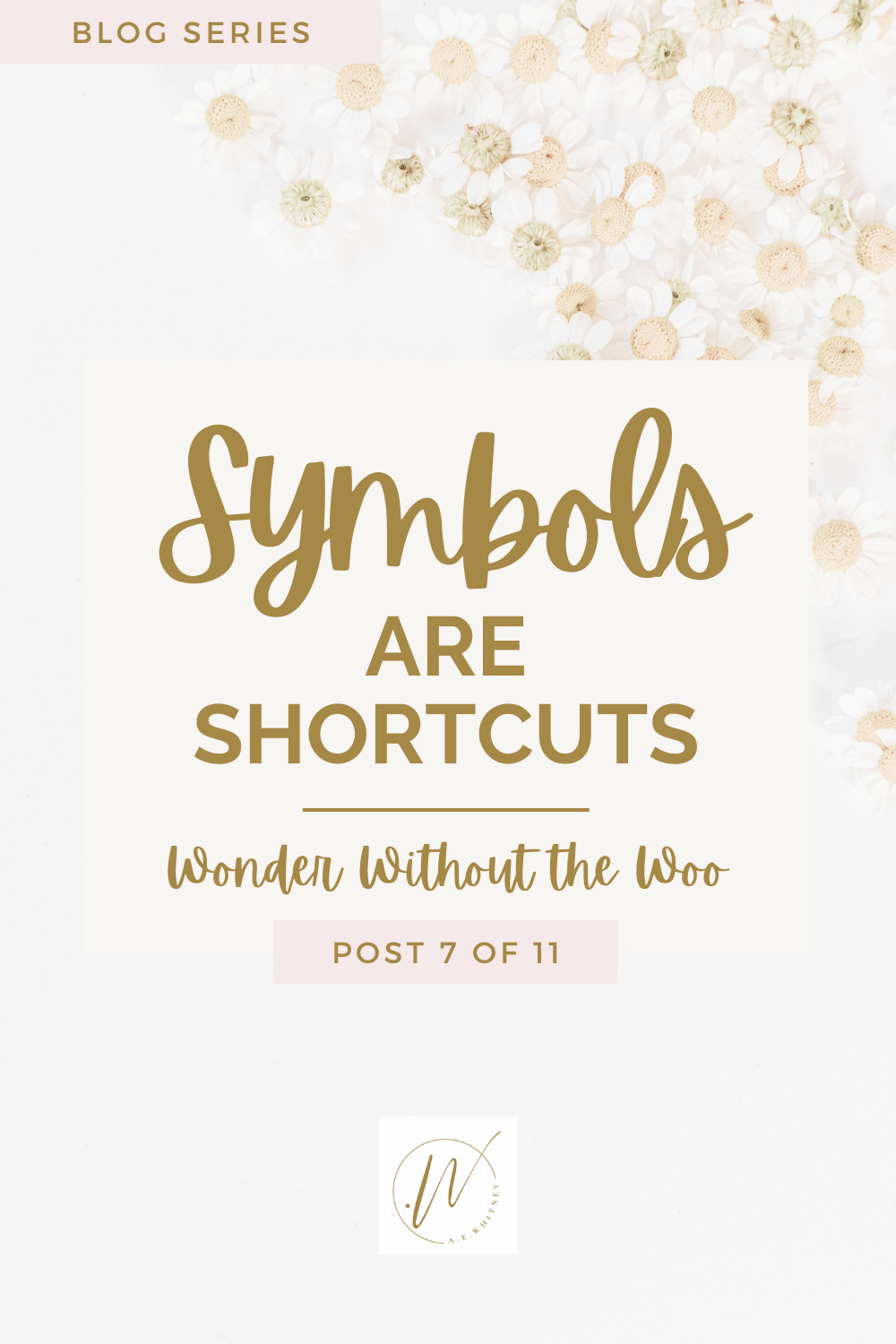From constellations in the night sky to emojis in your text thread, humans are obsessed with symbols.
They pop up in spirituality, art, branding, and even self-care. But why? It’s not magic — it’s the way your brain works.
Symbols are shortcuts.
They compress big, complex ideas into tiny, powerful images your mind can grab onto instantly.
Why We Gravitate Toward Symbols
Your brain is constantly trying to make sense of the flood of information it receives. Words can be slow and clunky, but symbols? They’re lightning-fast.
- Efficiency. One image can communicate what paragraphs might take.
- Emotion. Visuals trigger feelings quicker than language.
- Memory. Pictures stick longer in the brain than words.
Science Says: The brain stores symbolic images in both visual and emotional pathways, making them easier to recall and more impactful than plain text. That’s why a heart emoji, a traffic sign, or even a tarot card can feel so powerful.
The Double-Edged Sword of Symbols
The upside: symbols are incredible tools for memory, self-expression, and reflection.
The risk: we sometimes hand them too much power. A crow on your windowsill isn’t a prophecy. A dream about waves doesn’t dictate your future. It’s your brain organizing, processing, and signaling.
How to Use Symbols Wisely
Instead of treating symbols like cosmic messages, you can use them as conscious cues:
- Mirror, not mandate. Let a symbol reflect how you feel — don’t let it decide what you do.
- Choose meaning intentionally. Assign symbols purposes that serve you. (Example: a spiral = “I don’t have to start over; I’m still moving forward.”)
- Anchor habits. Use symbols as reminders: a candle for rest, a notebook for clarity, a stone for grounding.
Mini Practice: Symbol Reframe
- Choose one symbol you notice often (numbers, animals, objects, anything).
- Instead of asking what it “means,” ask: “What do I want this to remind me of?”
- Write down your chosen meaning and start using it as a personal anchor.
Example: “When I see 11:11, it means pause and breathe. Nothing mystical — just a reset.”
The Spiral Connection
Symbols are everywhere in the spiral framework: tarot archetypes, moon phases, chakra themes. None of them demand belief. They’re just creative mirrors, giving your subconscious a language it already understands — pattern, image, rhythm.
The Takeaway
Your brain loves symbols because they’re fast, sticky, and emotional. They don’t need to predict your life to change it. When you redefine symbols on your terms, they shift from superstition to self-support.
__________
Sometimes, though, symbol-obsession becomes sign addiction. Let’s talk about breaking that cycle.
Read Next: [Breaking the Sign Addiction→]
or
Read Last: [Why It’s Not All Connected (And That’s a Good Thing)→]
Return to the [Series Overview→]
⚠️ Please Note: This content is for educational purposes only and should not be used as a substitute for therapy, medical advice, or legal support.


